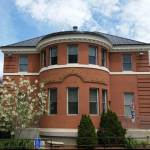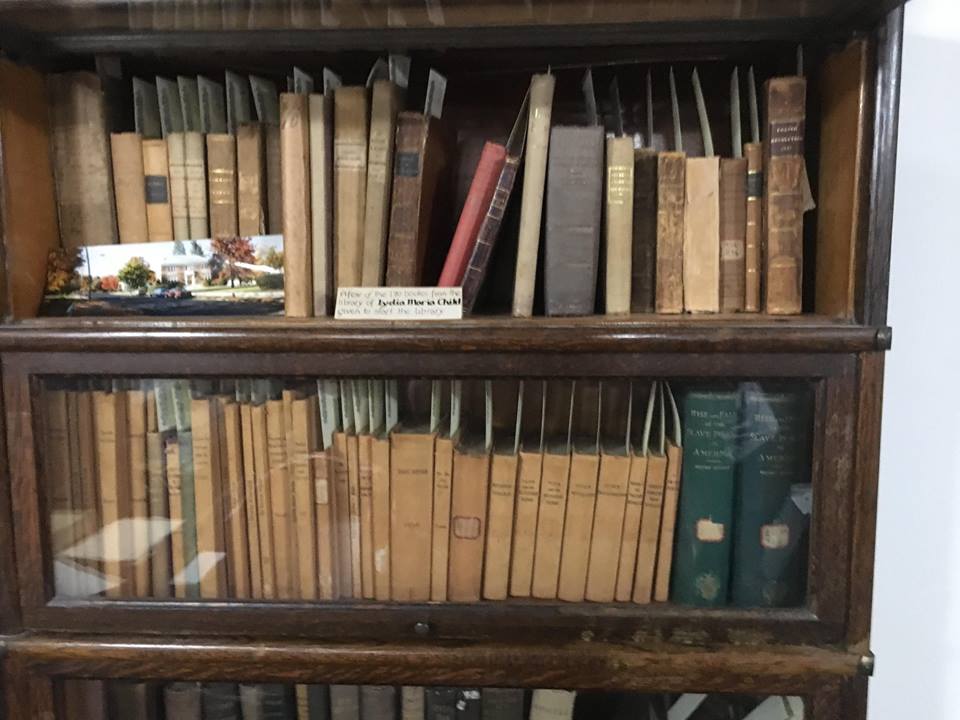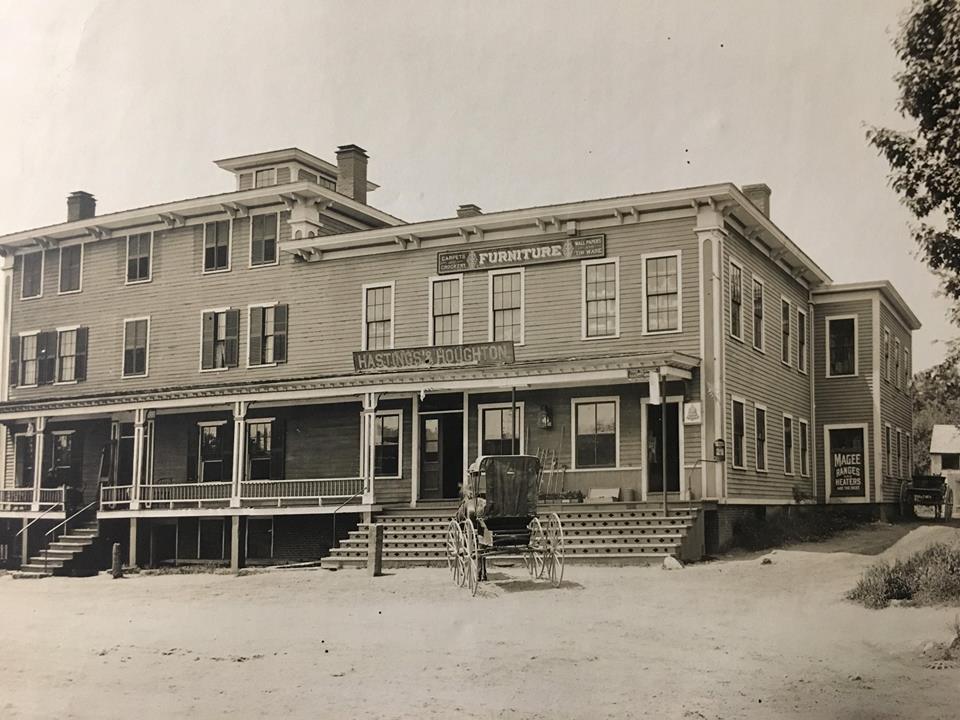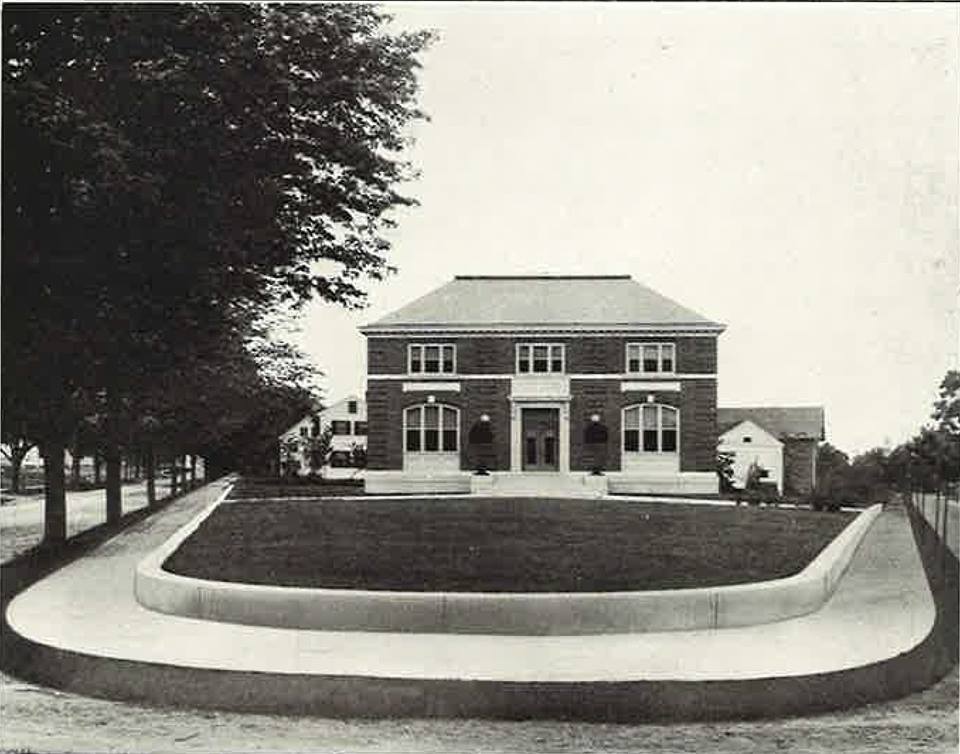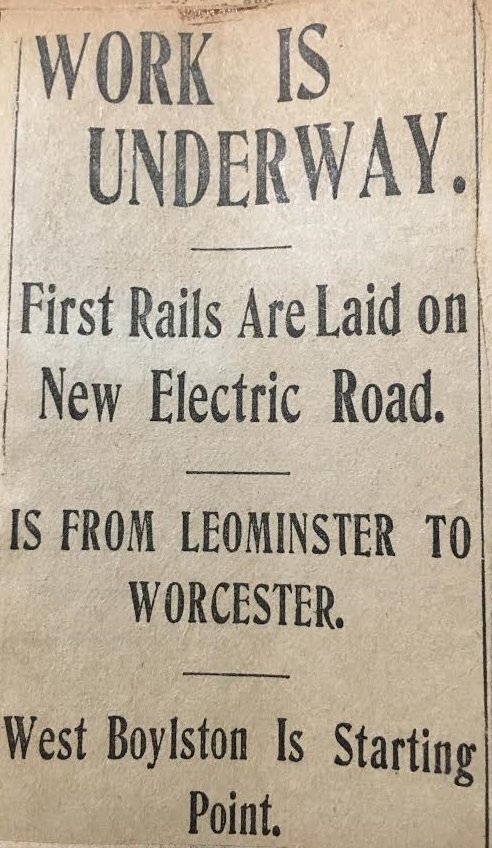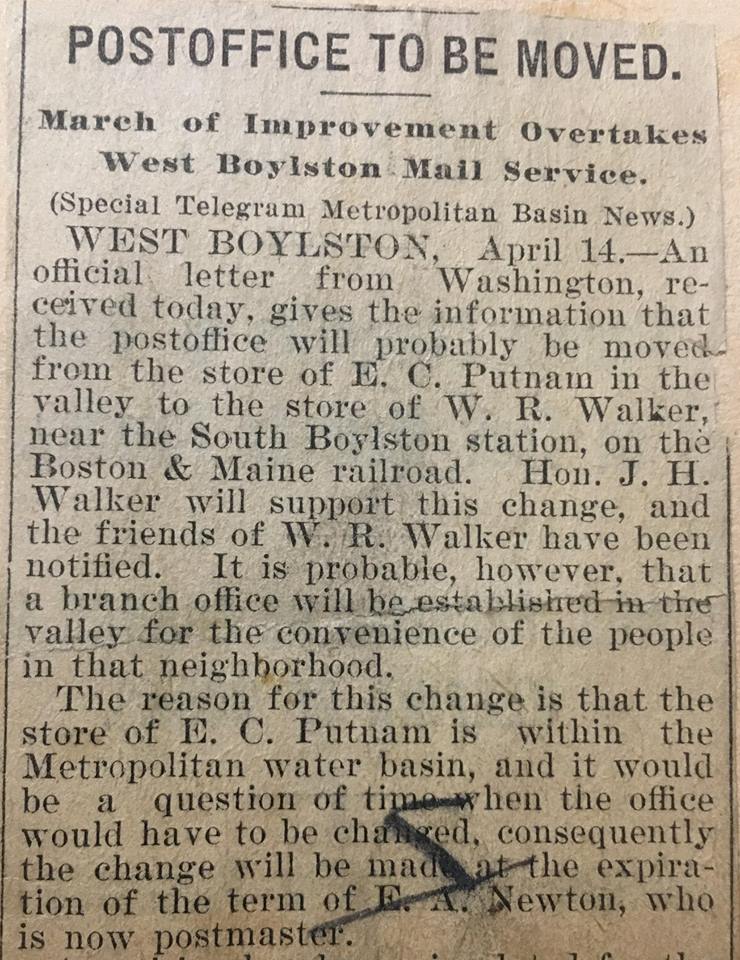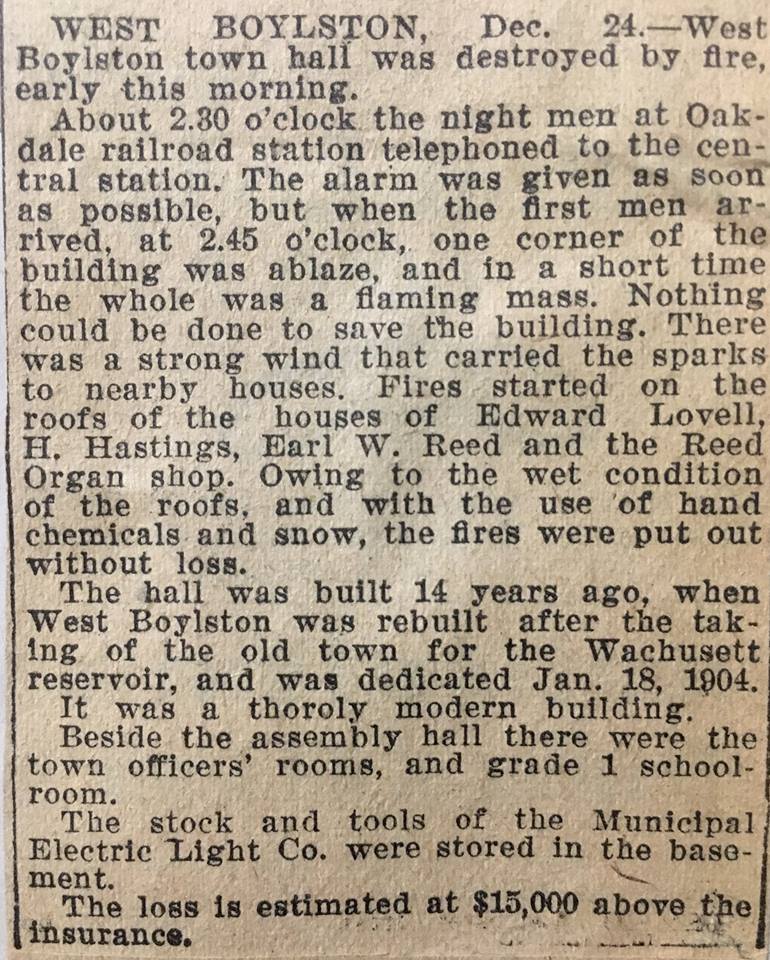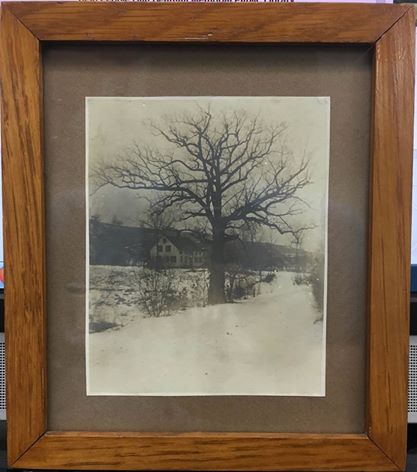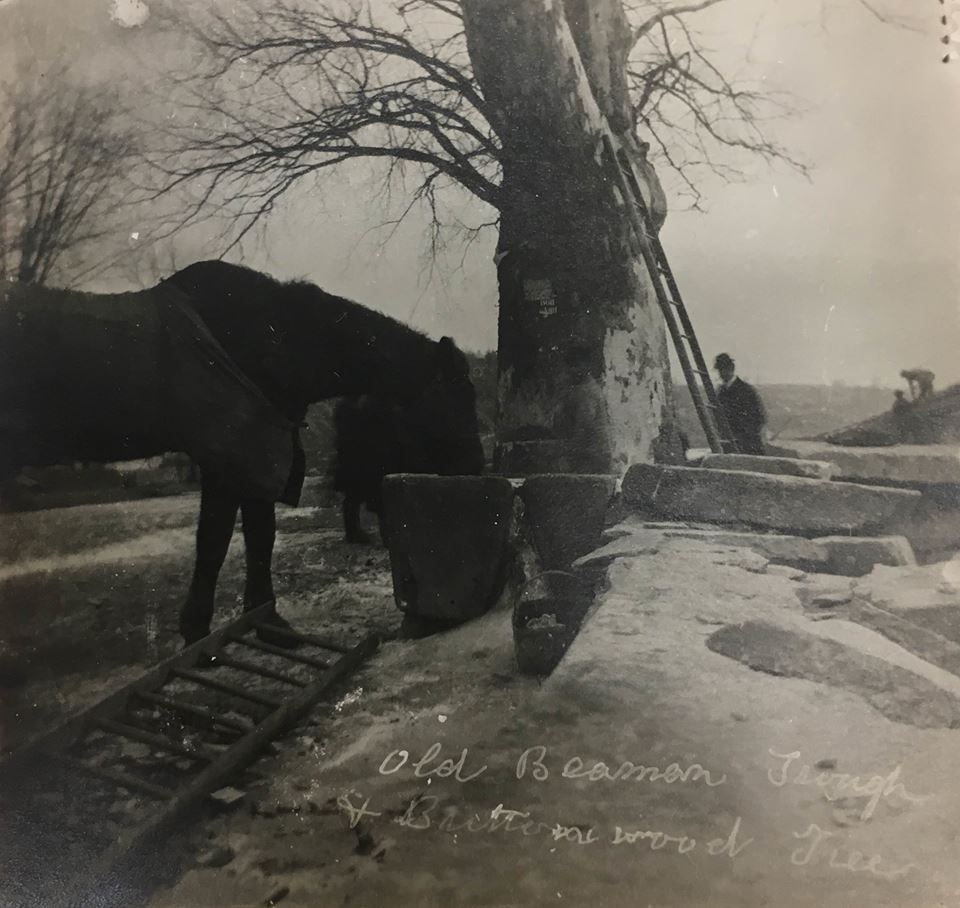Posts by Beaman Library
David Lee Child’s Books (1800’s)
David Lee Child was a journalist, lawyer, and expert on beet culture who became nationally renowned for his civil rights activism. He was born in West Boylston but moved around the state during his lifetime. Child died in Wayland in 1874. To honor his hometown, Child’s widow—noted abolitionist and editor of the National Anti-Slavery Standard,…
Read MoreOakdale (1900’s)
We have a lot of old photographs in our local history room, and they tell the story of our town from 100 years ago. Below are a few photographs of long-gone buildings in Oakdale. Unfortunately, none of these structures survived the past century, and the places where they once stood yield little to no evidence…
Read MoreThe Library (1912-2017)
Here’s another Then & Now view: first, the library from 1912 after its construction and dedication. Second, the library now, taken this past Wednesday evening. Though relatively the same view, there are a few notable changes. The most recent addition sticks out in the back, and some of the trees along Newton Street are now…
Read MoreTrolley Lines (1905)
For several decades, the trolley was a vital method of transportation for people across the country. Central Massachusetts had numerous trolley lines. Worcester’s citizens especially relied on its trolleys. Today, little evidence remains that they ever existed. West Boylston had a trolley line running through it starting in the 1900s. On July 19th, 1905, construction…
Read MoreTown Halls (1900’s)
West Boylston has had a series of town halls in its history. After the reservoir had stripped the valley of its buildings, the town decided to construct a new, permanent town hall. Below is a picture of the Program from the new Town Hall’s Dedication on January 18th, 1904. The town hall stood where the…
Read MoreTown Hall
Shortly after construction on the reservoir began, the town of West Boylston decided to build a new Town Hall in an area that would remain above the water level for at least a few decades. So, construction began on the brand new, beautiful town hall just down the road from the modern location of our…
Read MoreTown Change (1897)
1897 is a critical year in West Boylston history. That year, construction officially began on what would become the Wachusett Reservoir. Businesses were sold or moved. Homeowners sold their property to the state and went elsewhere. But, despite these new changes, the real destruction of the town had yet to begin. Below are two clippings…
Read MoreChristmas Eve (1917)
Christmas Eve 1917 wasn’t such a cheery day for West Boylston. The townspeople awoke to find that, during the night, Town Hall had burned to the ground. The fire started around 2:30 in the morning and raged until the whole structure had crumbled. Neighboring homes and businesses caught fire as well but were extinguished quickly…
Read MoreBeaman Oak (1902)
The Beaman Oak has been mentioned several times in previous historical posts, but we have never before we shared an actual photograph of the tree. The Beaman Oak existed long before Ezra Beaman settled in what would become West Boylston. The tree overlooked Beaman Cemetery, where Ezra and his descendants were buried for generations (their…
Read MoreWater Trough (1700’s)
The Beaman Watering Trough originally stood outside Beaman Tavern, the historic home constructed in the mid-1700s by town founder Ezra Beaman. It stood beside a large buttonwood tree at the edge of the property which Ezra himself planted. Horses could stop to drink from the trough when their owners visited the Tavern. The picture below…
Read More